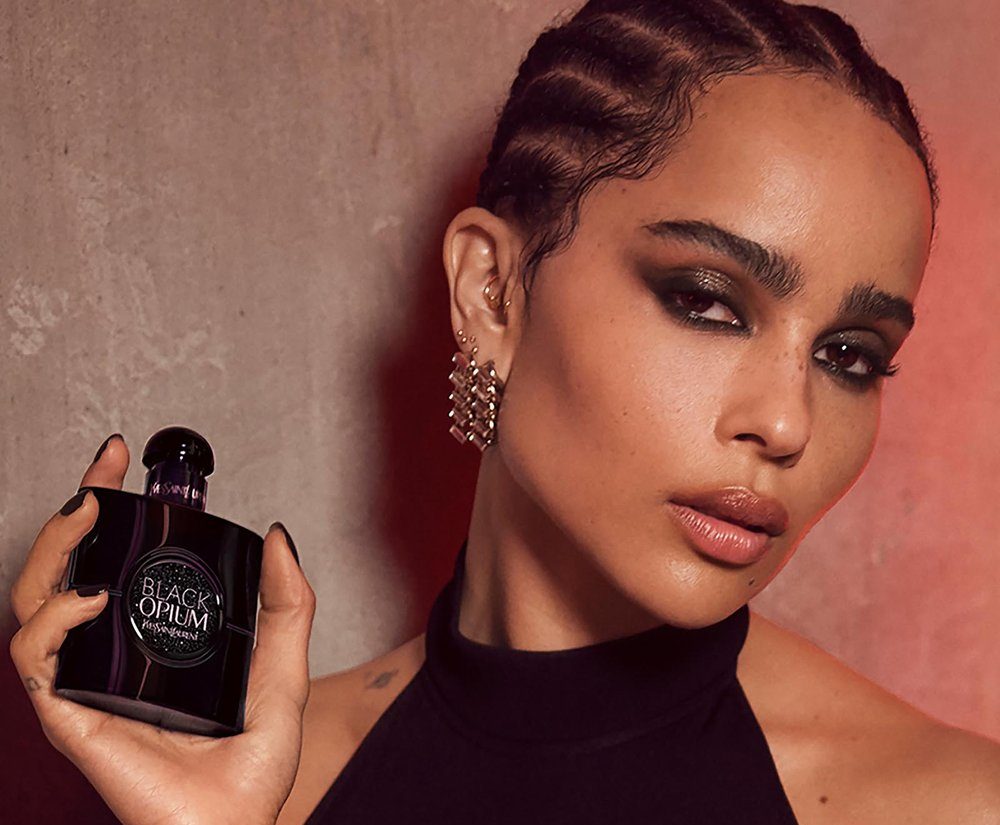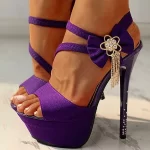Intoxicating, pleasant smells are a luxury of life. The sense of smell brings many wonderful aromas such as delicious foods, fresh clean air, fresh flowers and of course, yummy perfumes and colognes. Sensational smells bring on sensational feelings!
Perfume is a mixture of fragrant oils and aroma compounds, fixatives and solvents, used to give the human body a pleasing scent. The perfume/cologne business is a billion-dollar industry, and features some of the most creative, provocative and eye-catching advertising campaigns in the fashion industry. Let’s think designer perfumes…designer style! Made to make all women and men smile.
Designer perfumes flood the market, from musky vanilla scents to fruity, sweet smells. As all fashion divas know, sensual scented perfumes and colognes sell, and quite well.
Perfume Fun Fact: The word ‘perfume’ derives from the Latin ‘perfumare’, meaning ‘to smoke through.’ Perfumery, the art of making perfumes, began in ancient Mesopotamia and Egypt, and was further refined by the Romans and Persians. The world’s first recorded chemist is considered a woman named Tapputi, a perfume maker mentioned in a cuneiform tablet from the 2nd millennium BC in Mesopotamia. She distilled flowers, oils, and calamaus with other aromatics, then filtered and put them back in the still many times.
Ah, let it be known. Humans adore the precious, prime, premium aromas of perfumes and colognes.
Perfume types reflect the concentration of aromatic compounds, which in fine fragrance is typically ethanol or a mix of water and ethanol. The longevity and intensity of a perfume is based on the concentration of the aromatic compounds, perfumes and oils used. As the percentage of aromatic compounds increases, so does the intensity and longevity of the scent.
Perfume/Cologne Dilution Classes:
- Parfume or Extrait
- Esprit de Parfum
- Eau de Parfum
- Eau de Toilette
- Eau de Cologne
Popular Perfume Scent Classifications Include:
- Single Floral
- Floral Bouquet
- Amber
- Woody
- Oriental
- Leather
- Chypre
- Bright Floral
- Green
- Citrus
- Fruity
- Gourmand
Perfume Fun Fact: The Fragrance Wheel is a relatively new perfume classification method that is widely used in retail and in the fragrance industry. The method was created in 1983 by Michael Edwards, a consultant in the perfume industry, who designed his own scheme of fragrance classification. The new scheme was created in order to simplify fragrance classifications and naming schemes, as well as to show the relationship between each of the individual scent classes.
Plant and animal sources have long been used in perfumery as a source of essential oils and aroma compounds. Popular plant sources include bark, flowers, fruits, resins, roots, seeds and woods. Popular animal sources include ambergris, castoreum, civet, hyraceum, honeycomb and musk. Who knew plants and animals could leave you with a smell far above swell?
Perfume Fun Fact: Perfume compositions are an important part of many industries, ranging from the luxury goods sectors to manufacturers of various household chemicals. The purpose of using perfume and fragrance compositions in these industries is to affect customers through their sense of smell and entice them into purchasing the perfume or perfumed product.
Only the nose knows what scents and smells it craves! Adorning your skin in sensual perfumes is all the fashion rage.
Reveal your signature scent and stand out from all the rest…wear perfume at your best.
The conventional application of pure perfume (parfum extract) in Western cultures is at pulse points, such as behind the ears, the nape of the neck, the insides of the wrists and behind the knees and elbows, so that the pulse points will warm the perfume and continually release the scent. According to the perfumer Sophia Grojsman, applying perfume behind the knees is the ideal point that will allow the fragrance to rise.
Let’s get a scent rise that will rise us high by applying perfume behind the knees and on the thighs.
Many modern perfumes contain synthesized odorants, which provide fragrances that aren’t found in nature. One of the most commonly used classes of synthetic aromatics is the white musk. These materials are found in all forms of commercial perfumes as a neutral background.
Your vanity table leaves plenty of room to display your favorite signature scents and perfumes!
Perfume and Cologne: Find a signature sensational scent and make it your own!
Nancy Mangano is an American fashion journalist, screenwriter and author of the Natalie North murder mystery book series. Visit Nancy on her global online fashion/style/beauty magazine Nancy Marie Mangano Style at https://nancymariemangano.com, her Facebook page Nancy Mangano at https://www.facebook.com/nancymmangano/ Twitter @https://twitter.com/nancymangano and her author website http://nancymangano.com




























